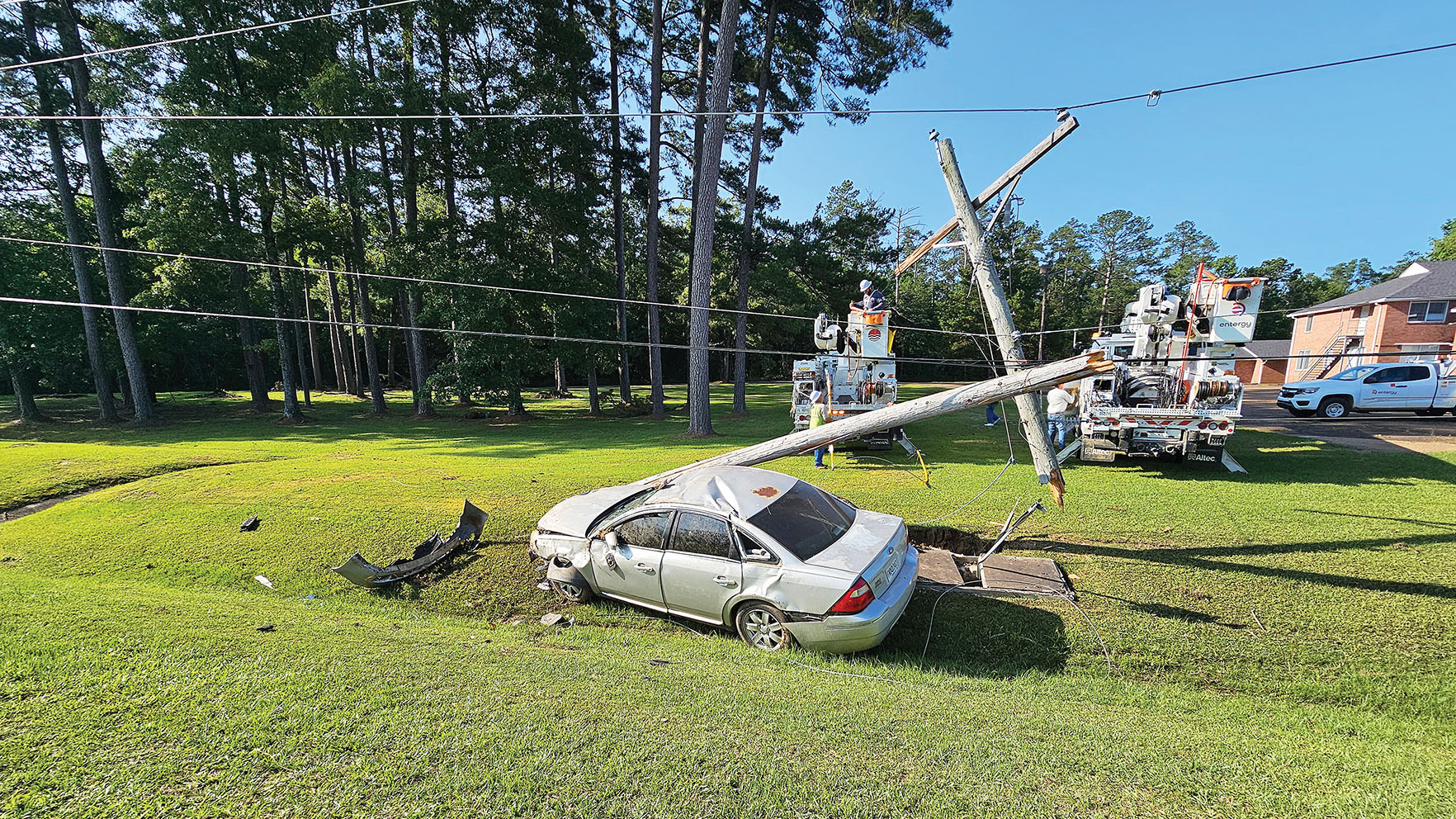Mississippi Department of Health: If you’re sick, stay home
Published 6:32 pm Monday, March 16, 2020
As of Monday afternoon, the Mississippi State Department of Health has announced that there are 12 known cases of COVID-19 in seven counties, including two cases in Copiah County.
Lincoln County is one of the largest employers in the area, with more than 130 employees on the county’s health plan. County Administrator David Fields said, while there are no known cases in Lincoln County, they are closely monitoring the situation and listening to advice from the Mississippi State Department of Health.
“At the courthouse, we’re trying to be more diligent about disinfecting and wiping hand rails,” Fields said.
For county employees who want to visit the doctor without visiting a doctor’s waiting room, Fields said the county’s insurance does offer telemedicine services through MDLive. Of course, employees who are sick should also stay away from work.
“(Stay home) if you’re sick with anything — with corona or the flu,” Fields said. “That’s why you’ve got sick leave.”
MSDH advises the public on its COVID-19 website that testing is not performed at any county health departments. Doctors offices also may not be set up to test for COVID-19 safely, and sick individuals sitting in the waiting rooms of emergency rooms and doctors offices run the risk of spreading the disease to others.
MSDH said that anyone with flu-like symptoms should call a healthcare provider. King’s Daughters Medical Center Director of Marketing David Culpepper said KDMC does have procedures in place for safe testing.
“If a patient is presented at KDMC that is identified as a person at risk for infection, they would be isolated in one of our negative pressure isolation rooms. Our staff would use appropriate infection control and utilize PPE (personal protection equipment) and facilitate appropriate testing,” Culpepper said. “Three specimens would be collected from the patient — lower respiratory, upper respiratory and serum specimens — and sent for testing. Each incident would be reported to the State Department of Health and the specimens would be sent to the state lab for testing. At this point, the ER staff would follow the proper protocol in treating the patient accordingly.”





